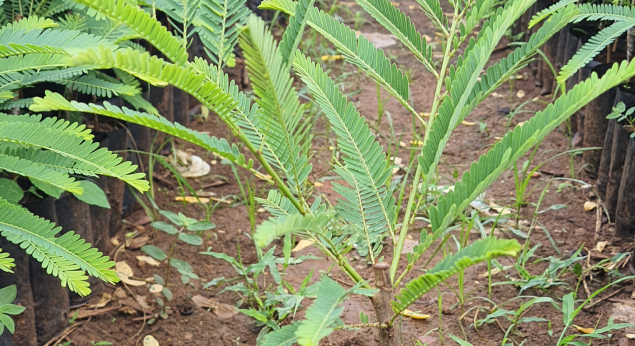Amla, often known as Indian gooseberry, is a vital part of Ayurvedic treatment - Many benefits in one fruit. The yellow wood nursery is the best online plant nursery in Dindigul, Tamilnadu. In a short period, The yellow wood nursery rapidly turns to one of the tops addressed best saplings nurseries in South India. For home & garden, we deliver Indian-gooseberry plants at a reasonable price. We do supply the best quality amla plants for Both Indoor and Outdoor.
The leaves, roots, fruits, seeds, bark, and blossoms of the Amla tree are used to make various products such as juice, chutney, jam, infusions, lotions, concentrates, herbal teas, and other natural concoctions. Aanvale ka phal, nellikka paḻaṁ, Usiri paṇḍu, Āmlā haṇṇu, Nellikkāy paḻam are some of the funny names given to gooseberry variations in India. Why are You waiting! Call us and book saplings. Why Not Make them Living on your property.

 Amla Plant Saplings Wholesale Supplier and Exporter
Amla Plant Saplings Wholesale Supplier and Exporter

